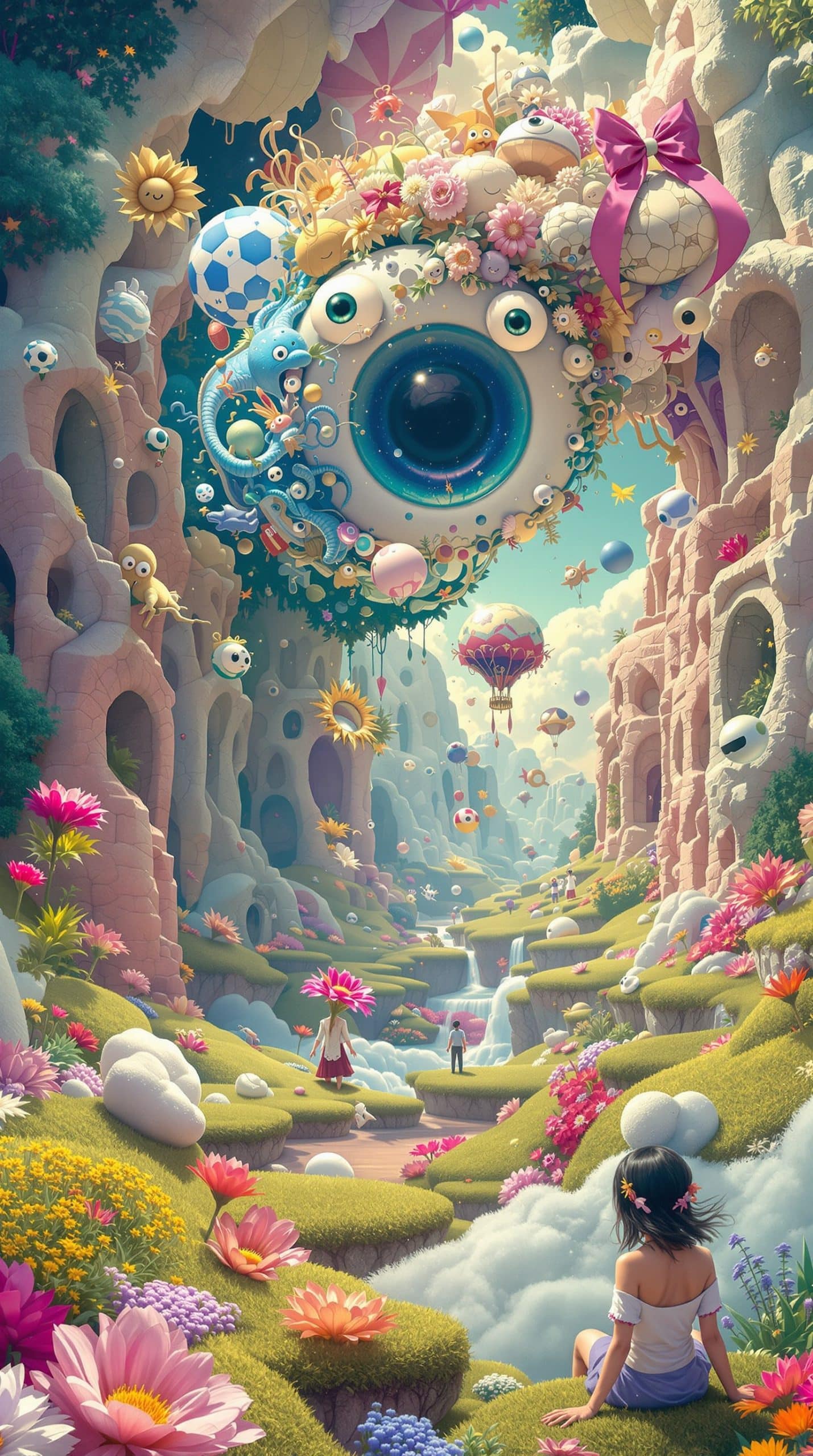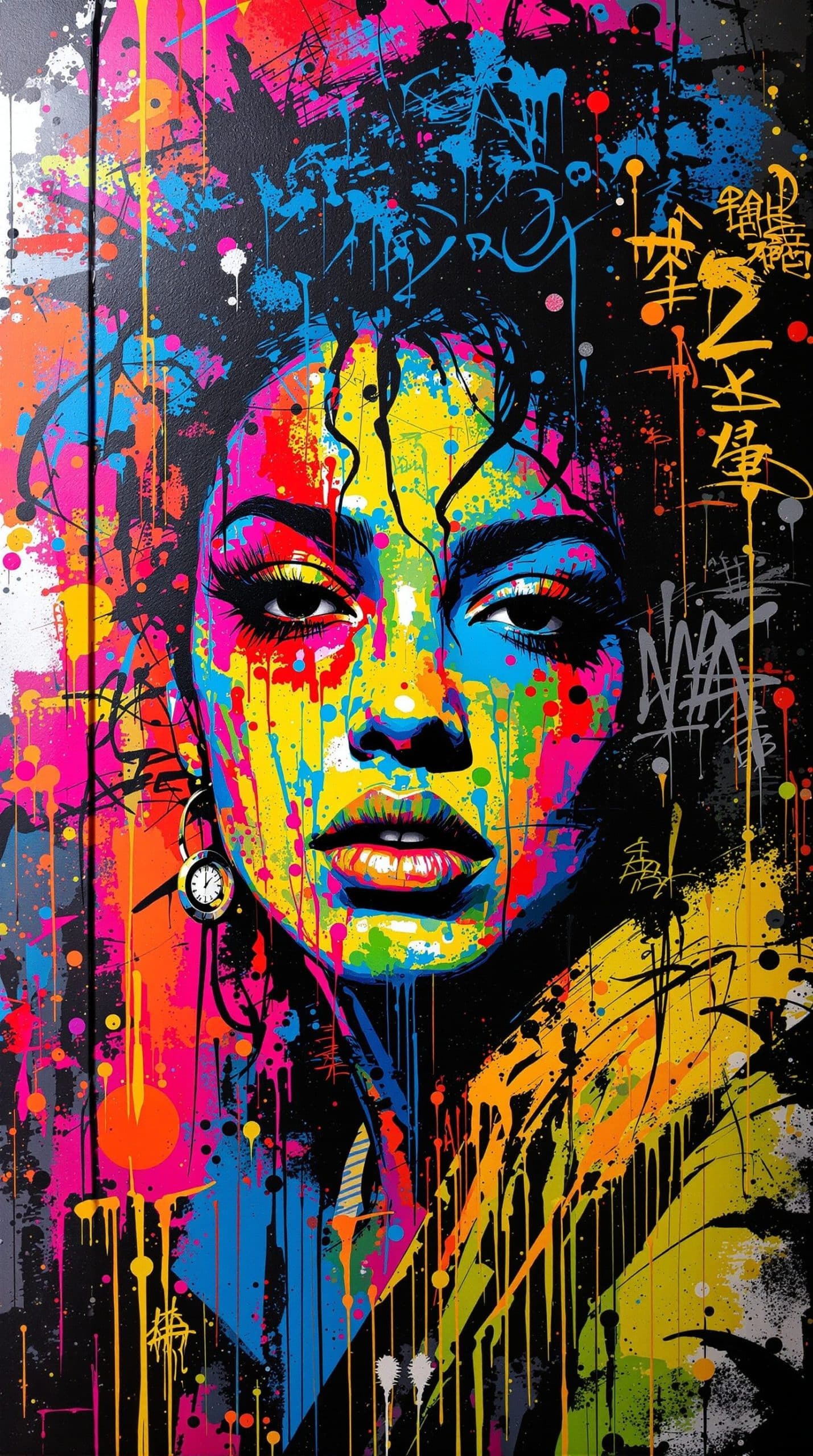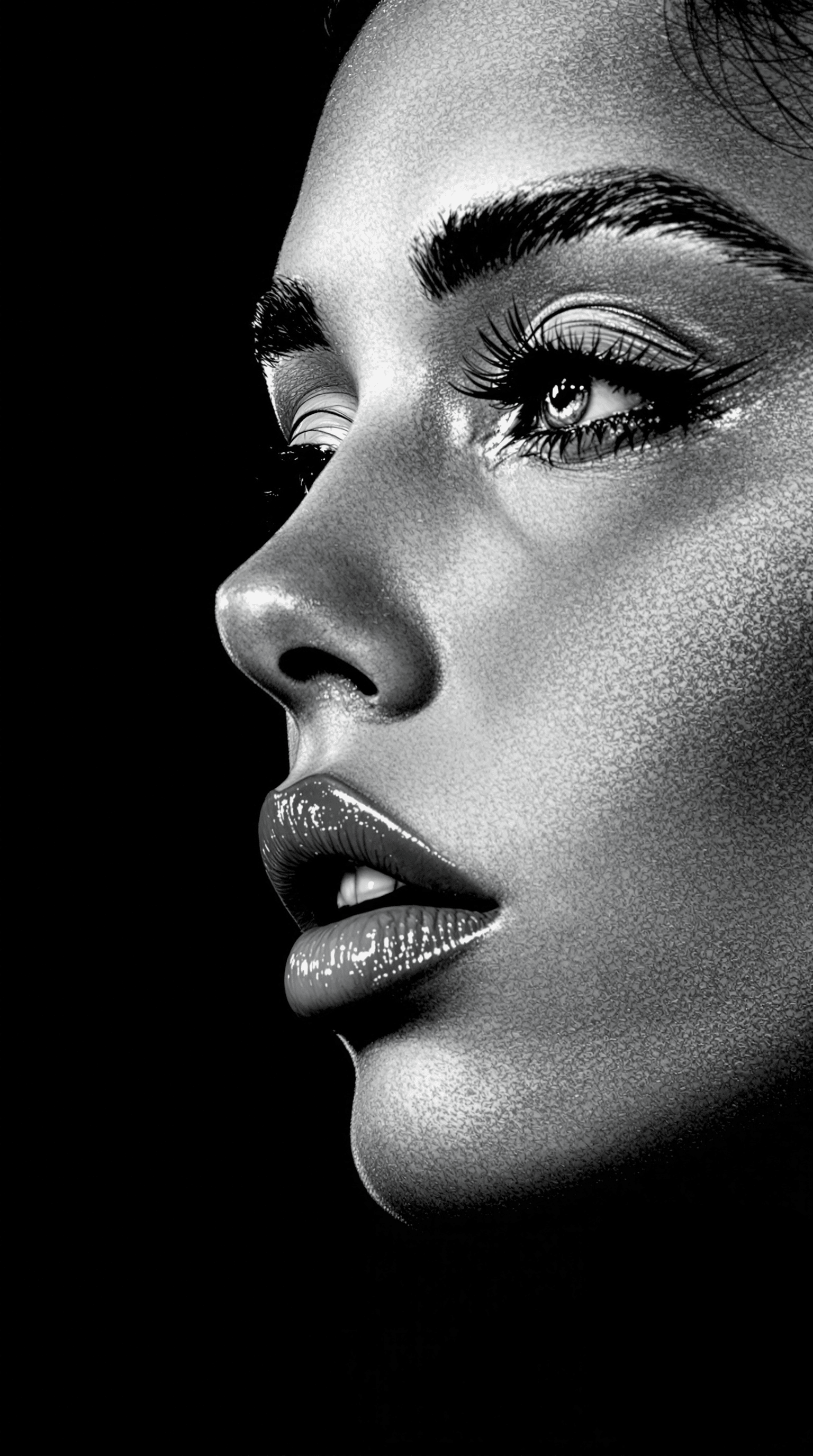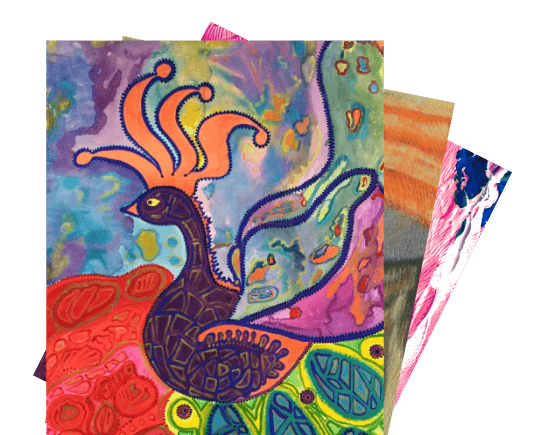Filters
Available Artwork
Select Price Range
Artist By Country
Showing all 9 results
Other styles of paintings you may like
Origins of Psychedelic art Painting:
Psychedelic art or psychedelia emerged prominently in the 1960s, deeply intertwined with the counterculture movement and the widespread use of hallucinogenic substances like LSD. The term "psychedelic" originates from the Greek words "psyche" (mind) and "delos" (manifest), meaning "mind-manifesting," reflecting the art's intent to visualise altered states of consciousness. Psychedelic art is based on the idea that mind-altering experiences from psychedelic drugs can spark artistic creativity. The Psychedelic art movement shares a similarity with Surrealism: both suggest a specific way to find inspiration. While Surrealists looked to dreams for ideas, psychedelic artists find theirs in hallucinations caused by drugs. Both movements are also closely linked to significant scientific breakthroughs. Surrealists were deeply interested in Sigmund Freud's ideas about the unconscious mind, whereas Albert Hofmann's discovery of LSD profoundly influenced the psychedelic artists.
Cave paintings from ancient times, found worldwide, often feature geometric shapes, including dots, circles, spirals, and wavy lines. Archaeologist David Lewis-Williams was the first to suggest that these patterns might represent the visual hallucinations experienced by prehistoric humans who used psychedelic drugs. This theory was supported by a 2013 study by cognitive scientists at the University of Tokyo. Furthermore, the idea of cave dwellers using psychedelics is supported by other cave paintings depicting prehistoric humans with mushrooms.
The leading proponents of the 1960s psychedelic art movement were San Francisco poster artists such as Rick Griffin, Victor Moscoso, Bonnie MacLean, Stanley Mouse, Alton Kelley, Bob Masse, and Wes Wilson. Their psychedelic rock concert posters were inspired by Art Nouveau, Victorian, Dada, and Pop Art styles. Their famous psychedelic art, "Fillmore Posters", was significant at the time. Richly saturated colors that clash vividly, elaborately ornate lettering, strongly symmetrical compositions, elements of collage, rubber-like distortions, and bizarre iconography are all defining characteristics of the San Francisco psychedelic poster art style. Although San Francisco remained the central hub for psychedelic art into the early 1970s, the style also developed internationally: British artist Bridget Riley, for instance, became famous for her Op art paintings featuring psychedelic patterns that created optical illusions, and Mati Klarwein created psychedelic masterpieces for Miles Davis.
Psychedelic experiences continue to influence artists today. Psychedelic art is not just confined to visual arts. It also permeated music, fashion, and literature, embodying the era's ethos of exploration and rebellion. The movement's legacy endures, influencing contemporary digital art and design and continuing to inspire artists who explore consciousness and perception.



















